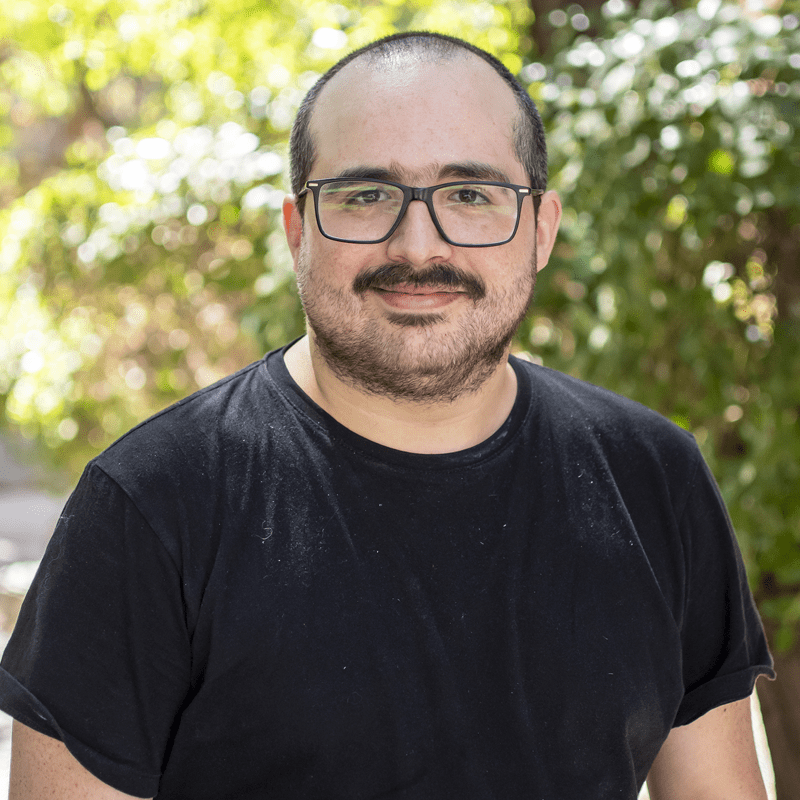Intercellular Friction and Motility Drive Orientational Order in a Model Cell Monolayer
Benjamin Loewe, Assistant Professor, Physics Institute, Pontificia Universidad Católica de Chile
Cells collectively migrate and form spatiotemporal patterns in many biological processes, including embryonic development, wound healing, and cancer metastasis. Here, we use a multiphase field model of deformable, motile cells to study numerically the role of intercellular friction in tissue dynamics. This endows the tissue with a finite viscosity, which enhances velocity correlations. Varying friction and motility drives a solid-liquid transition, and near the transition boundary we find the emergence of nematic order of cell deformations driven by aligning cellular flows. We also show that hexatic and nematic order are tightly coupled and propose a mechanical-geometric model for the colocalization of +1/2 nematic defects and 5-7 disclination pairs -- the structural defects in the hexatic phase.
wound healing, and cancer metastasis. Here, we use a multiphase field model of deformable, motile cells to study numerically the role of intercellular friction in tissue dynamics. This endows the tissue with a finite viscosity, which enhances velocity correlations. Varying friction and motility drives a solid-liquid transition, and near the transition boundary we find the emergence of nematic order of cell deformations driven by aligning cellular flows. We also show that hexatic and nematic order are tightly coupled and propose a mechanical-geometric model for the colocalization of +1/2 nematic defects and 5-7 disclination pairs -- the structural defects in the hexatic phase.
Furthermore, +1/2 nematic defects coincide with regions of high cell-cell overlap, suggesting that they may mediate cellular extrusion, which has been found experimentally. Our results suggest that intercellular friction may be a physical explanation for the observation of nematic and hexatic order in experiments and simulations of epithelial monolayers.
